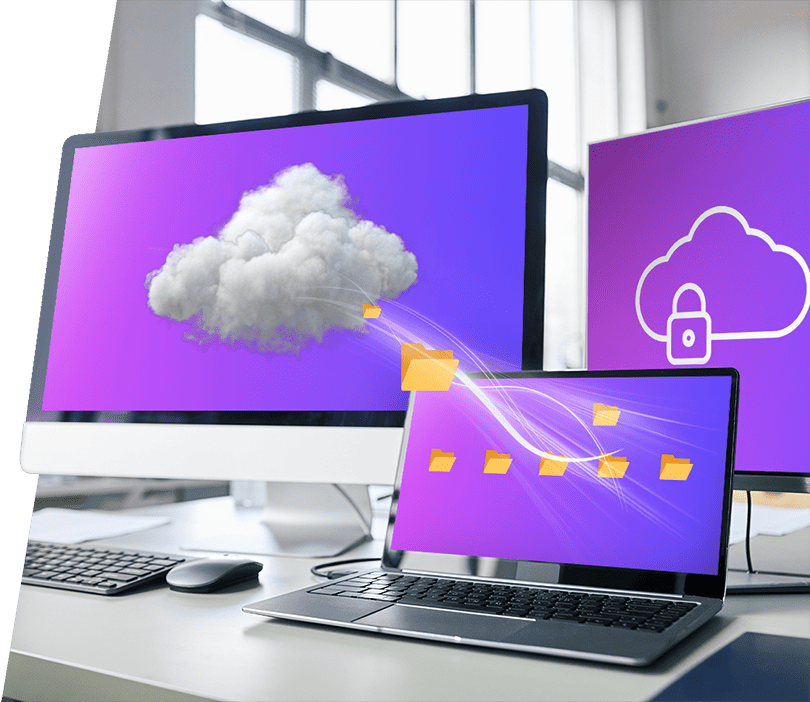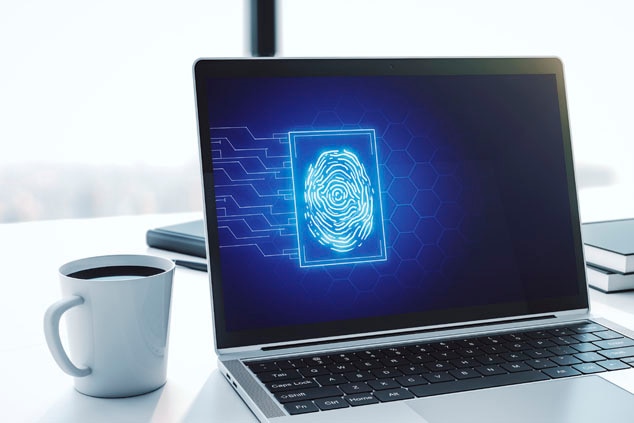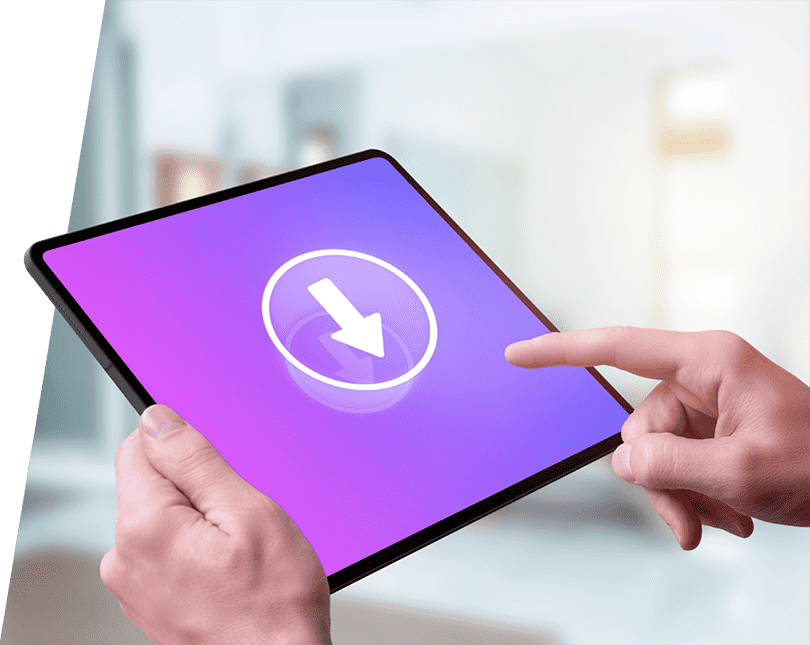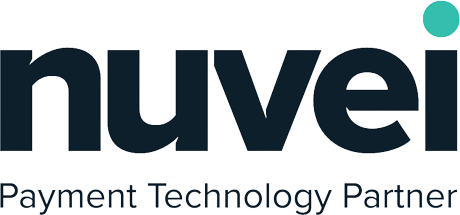Cloud Vulnerability Management
Patch Only Vulnerabilities that Matter.

Go Beyond Legacy Solutions
We at GlobalDots hunt for the most cutting edge and relevant technologies out there.
Once tested and found qualified we bring you the most certified innovative products out there for every pressing use case.

Your Benefits
Reduced load, time and efforts of security and DevSecOps teams by focusing on vulnerabilities in components that are actually executed in production.

Control and document any manual change that bypasses the CI/CD pipeline, continuously assess your environment’s immutability level, flagging services with frequent manual changes.

DevOps requires speed and scale, and to keep up, resilience must be part of the infrastructure DNA. The vulnerability management solution enables your DevOps teams to run without fear.

Adding active enforcement capabilities to existing IT orchestration tools and workflows ensures cloud workloads are always protected from vulnerability exploitation, unauthorized code execution, and privilege escalation.

Automated Cloud Vulnerability Remediation – Solution Brief
New software vulnerabilities are exposed at an alarming rate, compelling vendors to release multiple patches, overwhelming IT and lnfoSec teams. At the same time, the key approach to dealing with vulnerabilities – Patching – consists of manual steps and handshakes that makes this critical process tedious and inefficient. Luckily, technology can overcome this – download the brief to learn more.

-
How can I discover which areas I need to patch in my environments?
With a vulnerability patch management solution you can eliminate patching blind spots, discover all applications and identify security threats using a comprehensive patch compliance report. The solution integrates with all of your DevOps and infrastructure tools via their native APIs, creating a clear, coherent and actionable view of your environment’s attack surface.
-
How can I reduce vulnerability patching efforts in my company while staying secure?
Reducing vulnerability patching efforts can be achieved with a cloud-based vulnerability management platform that leverages your existing patch managers, using machine learning technology to optimize patch rollouts, resulting in more secure systems and shorter downtimes.
-
What is the recommended way to prioritize vulnerability patching?
Based on our experience, since the vast majority of deployed code is never actually used in runtime, prioritizing and focusing on what’s actually loaded and thus exploitable dramatically reduces patching efforts by up to 60%.
-
Why is Vulnerability Management a crucial part of a cybersecurity program?
Vulnerability Management is a cornerstone of any robust cybersecurity program for several key reasons, particularly when an organization increasingly moves to the cloud and adopts complex IT ecosystems, the importance of a robust vulnerability management program only grows. It ensures that security measures are proactive, comprehensive, and integrated into the overall cybersecurity strategy, providing a strong defense against both known and unknown threats. This approach aligns with best practices highlighted across various resources, ensuring your cybersecurity program is not only compliant but also resilient against the no-stop evolving threat landscape. The key benefits of a Vulnerability management program are:
- Proactive Risk Identification: Vulnerability management is fundamentally about identifying and mitigating potential security weaknesses before they can be exploited by malicious actors. By systematically scanning and assessing systems, organizations can discover vulnerabilities in their software, configurations, and infrastructure that could otherwise go unnoticed until they are exploited.
- Reducing Attack Surface: Regular vulnerability assessments help organizations minimize their attack surface. In cloud environments, where infrastructure can be dynamic and complex, this is especially important. By identifying and remediating vulnerabilities, the number of potential entry points for attackers is minimized.ù
- Supply Chain Security: Vulnerabilities can also be introduced through third-party software and services. Effective vulnerability management extends to monitoring and managing risks across the supply chain, which is critical in preventing supply chain attacks that have become increasingly common.
- Compliance and Regulatory Requirements: Many industries are subject to strict compliance requirements (e.g., PCI-DSS, HIPAA, ISO27001) that mandate regular vulnerability assessments and timely remediation of identified issues. Effective vulnerability management ensures that an organization remains compliant with these regulations, avoiding potential fines and legal repercussions.
- Improving Incident Response: By identifying vulnerabilities early, organizations can prioritize the remediation of the most critical issues, thereby enhancing their overall security posture. In the event of an incident, having a robust vulnerability management process in place can also help in quicker incident response and recovery by focusing efforts on known weak points.
- Cost Efficiency: Addressing vulnerabilities before they are exploited is far less costly than dealing with the aftermath of a security breach. Proactive management can save organizations significant resources by preventing data breaches, system downtimes, and the associated financial and reputational damage.
- Continuous Improvement: Vulnerability management is a continuous process. As new vulnerabilities are discovered daily, especially with the rise of zero-day exploits, ongoing management ensures that organizations can adapt and respond to new threats in a timely manner. The continuous cycle of detection, assessment, and remediation is key to maintaining a resilient security posture.
-
What are the main types of security vulnerability in the cloud?
Security vulnerabilities in the cloud can broadly be categorized into several main types, each representing different aspects of cloud environments that can be exploited if not properly managed. Unfortunately, these vulnerabilities are particularly significant due to the dynamic and scalable nature of the cloud environments, where traditional security measures may not be sufficient.
- Misconfigurations: it occurs when cloud resources are not configured securely, leaving them exposed to unauthorized access.
- Shared Responsibility Model Misunderstanding: The shared responsibility model places certain security responsibilities on both the cloud provider and the customer. Misunderstanding or neglecting these responsibilities can lead to security gaps.
- Insufficient Identity and Access Management (IAM): improperly managed IAM policies can lead to unauthorized access and privilege escalation within the cloud environment.
- Insecure APIs: Cloud services often rely on APIs for management and operations. Insecure APIs can expose cloud resources to attacks if they are not properly secured.
- Vulnerable Software and Systems: outdated or unpatched software in cloud environments can introduce vulnerabilities that attackers can exploit.
- Lack of Visibility and Monitoring: Insufficient visibility into cloud environments can prevent timely detection and response to security incidents.
- Supply Chain Vulnerabilities: third-party vendors and services could introduce vulnerabilities into the cloud environment.
-
What is the standard workflow of a vulnerability scanning tool?
Visibility and a holistic approach are the key aspects of a vulnerability scanning tool. It helps organizations not only identify and fix vulnerabilities but also understand the broader context of how these vulnerabilities could be exploited in real-world attacks. The holistic approach enables more effective prioritization and remediation, ultimately reducing the risk of a successful cyber attack.
A standard workflow could be summarized as:
- Asset Inventory: to identify and inventory all assets (iam, databases, applications, kubernetes clusters, functions etc.) within the defined scope. Accurate asset inventory is critical for ensuring comprehensive scanning and it’s crucial that the necessary permissions are in place.
- Configuration: Configure the tool with specific parameters, such as scan intensity, timing, and the depth of the scan. This may include specifying particular IP ranges, credentials for authenticated scans, and exclusion lists for assets or systems that should not be scanned.
- Discovery phase: The tool begins by identifying all live hosts and active services within the specified scope. This is often done using techniques like ping sweeps, port scanning, and service enumeration or storage snapshot analysis. Once active hosts are identified, the tool detects which services and applications are running on these hosts. This includes identifying operating systems, open ports, and installed software versions.
- Vulnerability detection: The tool compares the discovered services and software versions against a database of known vulnerabilities (CVEs) using signature-based detection methods. Performing behavioral analysis permits us to detect vulnerabilities that are not easily identifiable by signatures alone, such as misconfigurations or zero-day vulnerabilities. Particular attention will be dedicated to the analysis of IAM roles and policies to find misconfigurations, over-privileged users, unused roles, inactive users and so on..
- Assessment: The tool compiles a list of identified vulnerabilities, including details such as CVE identifiers, affected systems, and the specific weaknesses or issues discovered. Each identified vulnerability is assessed using the Common Vulnerability Scoring System (CVSS) to assign a severity score, which helps prioritize the vulnerabilities based on their potential impact. Information about the underlying Root Cause (CWE) is provided to enable the organization to understand the underlying weakness that led to the vulnerability, which is crucial for longer-term remediation and improving development practices.
- Analysis and Reporting: By mapping CVEs to specific tactics and techniques in the MITRE ATT&CK framework, organizations can better understand how vulnerabilities might be exploited in real-world attacks, allowing them to prioritize and implement defenses more effectively.
Remediation Planning: Based on the severity scores and the criticality of the affected systems, the organization prioritizes vulnerabilities for remediation. Tasks are assigned to appropriate teams to fix the vulnerabilities. This may involve applying patches, reconfiguring systems, or other corrective actions. - Continuous Improvement: The organization reviews the scanning process and outcomes, adjusting the scope, frequency, and methods as necessary to improve future scans.
- Integration with other tools: Many organizations integrate vulnerability scanning tools with other security tools (e.g., SIEM, SOAR) to automate responses and improve overall security posture.
-
What is the difference between vulnerability remediation and patch management?
Vulnerability remediation It is the process of fixing or mitigating security vulnerabilities to reduce the risk of exploitation. Remediation may involve a combination of patching, configuration changes, access control adjustments, or other security measures. As mentioned, Patch management is a specific aspect of vulnerability remediation that focuses on the deployment of software updates (called “patches”) provided by vendors to fix known vulnerabilities in software or firmware.
-
What is the role of a SIEM in a vulnerability management program?
A SIEM (Security Information and Event Management) system plays a complementary and supportive role in a vulnerability management program. Its role is to enhance visibility, improve the prioritization of vulnerabilities, and support real-time detection and response efforts. By integrating SIEM capabilities with vulnerability management processes, organizations can create a more proactive and responsive security posture, effectively reducing the risk of vulnerabilities being exploited. A SIEM contributes to a vulnerability management program doing:
- Correlation of Vulnerabilities with Threats: SIEM systems collect and analyze log data from across the IT environment, including data from vulnerability scanners. By correlating identified vulnerabilities with real-time security events, SIEM can help prioritize vulnerabilities that are actively being targeted by attackers.
- Continuous Monitoring: This monitoring helps in identifying when a vulnerability is being actively targeted, enabling quicker responses.
- Incident Detection and Response: If a vulnerability is exploited, the SIEM plays a crucial role in detecting the incident through log analysis, alerting the security team, and providing the context needed for incident response. It helps in identifying the scope and impact of an exploit, which is critical for effective remediation and containment.
- Data integration: SIEMs integrate with vulnerability management tools, ingesting data from vulnerability scans. This integration allows the SIEM to provide a holistic view of the security posture, combining information about vulnerabilities with other security events and incidents.
- Threat Intelligence: SIEMs incorporate threat intelligence feeds, which can provide context around which vulnerabilities are being actively exploited in the wild. This information can be used to enhance the vulnerability management process by focusing on those vulnerabilities that pose the most immediate risk.
- Prioritization: SIEMs can help prioritize remediation efforts by highlighting vulnerabilities that are being actively targeted or are associated with critical assets. This ensures that resources are focused on the most pressing security issues.
- Reporting: They can generate reports that show how vulnerabilities are being managed and what measures are in place to mitigate associated risks.















